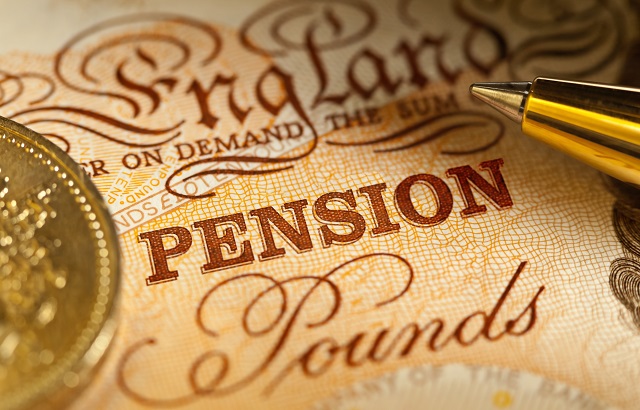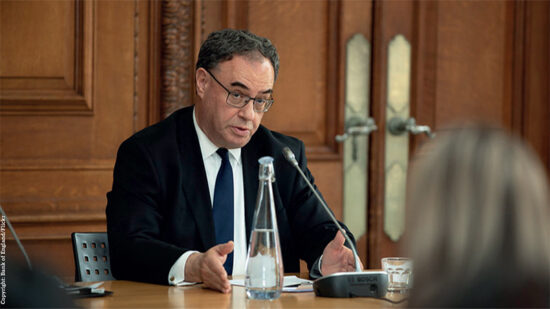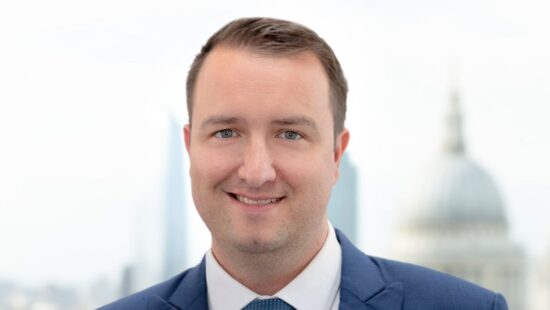HM Revenue & Customs (HMRC) has estimated the gross cost of providing tax relief on pension contributions stood at £44.1bn ($47bn, €49.3bn) in 2020/21.
This an increase of £2.4bn from the year before.
National Insurance relief cost a further £23.2bn, up from £21.4bn. Deducting tax paid by current UK pensioners as well as various pension tax charges gives a net cost in 2020/21 of £48.2bn, up from £44.5bn.
Lifetime allowance
The UK taxman has also published figures which show the numbers affected by lifetime limits on tax-privileged saving into a pension.
In 2020/21, a total of £382m was paid in charges by 8,610 people whose drawdowns on their pensions exceeded the lifetime allowance (LTA) limit.
This is an increase of 11% in LTA charges paid a year earlier and more than double the figure paid five years ago.
LTA charges arise when an individual ‘crystallises’ a pension scheme benefit which takes their lifetime withdrawals above the limit. Where money is taken out as a lump sum, the charge on any excess is 55%, with no further tax being due.
Where money is taken out as regular income, the charge is 25% over and above the retiree’s marginal income tax rate. In 2020/21, £101m came from charges on lump sums, while £281m came from charges on withdrawals taken as income.
The decision to freeze the lifetime allowance for five years until 2025/26 means that this limit is likely to become much more important over the coming years unless action is taken.
Annual allowance
HMRC has also published figures for the amounts raised through annual allowance (AA) charges. The standard rate of annual allowance is £40,000 per year, though some individuals will have a lower annual limit, particularly those on higher incomes.
The UK taxman provides two figures:
- The actual AA charges paid under the ‘scheme pays’ system where pension schemes pay the charge on behalf of the member in return for a reduction in ultimate benefit; and
- The amount of contributions/accrual made by or for individuals in excess of their Annual Allowance and declared on their tax return; the amount of AA charge levied on these amounts depends on the tax rate of the individual but will often be 40%.
The revenue from ‘scheme pays’ charges and the tax due on contributions and accrual above the AA both fell in 2020/21.
Pension consultancy firm LCP said that in part this is likely to be because the 2020 budget implemented a dramatic easement in the thresholds above which the AA is tapered below the standard £40,000 allowance.
The big relief in these thresholds meant that the tax take from these measures fell considerably. The tax charges covered by ‘scheme pays’ went down to £200m from £253m.
The sum of contributions declared on tax returns on which AA charges are payable went down to £764m from £1bn.
Caught in the net
Karen Goldschmidt, partner and pensions tax specialist at LCP, said: “Even when lifetime allowance limits keep pace with inflation, we see a steady increase in the number of people being caught and paying LTA charges. But a five-year freeze in the LTA threshold until 2025/26, especially at a time of high inflation, is likely to bring many more people into the net of LTA charges and undermine the incentive to save for a pension.
“If the UK government is looking to simplify pension tax relief and make sure that the limits only apply to the very wealthiest, reversing some of the past and planned cuts to the LTA would be a very good place to start.”
Andrew Tully, technical director at Canada Life, added: “The pension lifetime allowance is a draconian measure which simply hits people who are saving often relatively modest amounts but have enjoyed strong investment performance. A £1m pension sounds like a huge retirement fund by any standards, but this would secure you an annual income of around £40,000, which is hardly a king’s ransom.
“By simply freezing the allowance the Treasury is expected to generate nearly £1bn extra in tax over the next few years, which shows how it expects to hit savers trying to do the right thing. We would like to see the lifetime allowance scrapped entirely for defined contribution savers – having one annual allowance restricting savings into pension would massively simplify pensions at a stroke.
“The fall away from the peak impact of the AA in tax year 2020/21 is likely as a result of the increase in the earnings thresholds for the tapered annual allowance which came into force in April 2020. But still a significant number of people have stepped over the line and have been hit by this charge, raising hundreds of millions for the Treasury.
“Increasing the tapered annual allowance in 2020 was a positive move, although having three different annual allowance still creates complexity and confusion. I would like the money purchase annual allowance to be scrapped, especially in these difficult times where more people may want to access their pension saving, but hopefully may be able to still save for their retirement in the years to come.”
Pension freedoms
In other news, HMRC also published its annual update to private pensions statistics, which includes the most recent data for flexible pension payments under the pension freedoms rules up till Q2 2022.
In Q2 2022, 508,000 people withdrew a total of £3.57bn, a 23% monetary increase from the same quarter in 2021 (£2.9bn withdrawn by 414,000 people). In the 2021/22 financial year, £10.63bn was withdrawn, up from £9.58bn in 2020/21.
The total value of taxable payments withdrawn flexibly from pensions since April 2015 when the pension freedoms were introduced is £59.21bn.
Tully added: “The withdrawals for the most recent quarter, April to June 2022, reflect the cost-of-living crisis when many people are starting to dip into their pensions to make ends meet.
“It’s completely understandable that people are prioritising heating and eating above their savings at this difficult time. However it is important the industry – government, providers and advisers – help make sure people make the best decisions – dripping funds out gradually rather than all at once can save tax.
“And if taxable income is taken then the money purchase annual allowance limits future savings considerably to £4,000 a year – so taking some tax-free cash only may be the best option for some, especially if you plan to continue working and contributing.
“There also needs to be an awareness that if many people withdraw much of their pension now then it won’t be able to provide retirement income for all of their retirement, so there may be more pressure on state pensions and other benefits in later life. Using the home as an asset may increase in later life as a result.”








